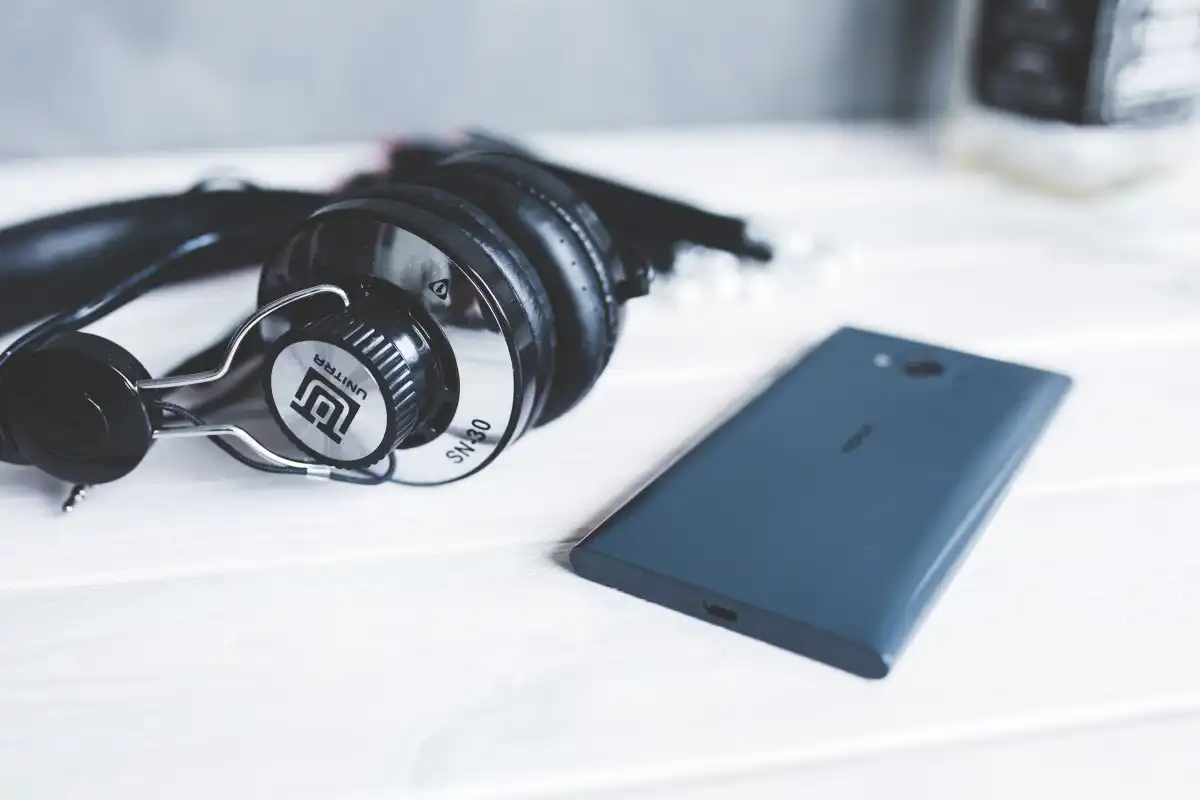Artificial Intelligence (AI) is reaching every corner of modern life, notably influencing the technological and creative sectors. Its potential is being recognized by leading voices in the animation industry, including Jeffrey Katzenberg. In a recent talk, Katzenberg, the co-founder of DreamWorks Animation, ignited conversation around AI, suggesting that it could displace almost 90% of jobs in animation.
Katzenberg stated that AI will soon ‘re-invent’ the animation industry. His prediction may seem like a distant reality, but current tech advancements are painting an intriguing picture of the future. AI is taking on increasingly complex tasks, showing its potential for large-scale disruption in the animation field.
Predicting that 90% of animation jobs will be taken over by AI is significant. So, how might this predictably rapid technology reshape the animation world? To understand it, we need to consider how animation processes are undertaken currently.

Modern animation is a labor-intensive field involving meticulous frame-by-frame drawing, modeling, and rendering exercises. Complexity comes from the sheer volume of images or 'frames' that need to be generated to create fluid movements on screen.
AI can speed up these processes by taking over repetitive and laborious tasks. It can 'learn' the patterns of movements and animate them, reducing the need for manual frame-by-frame works. This mechanization will hasten the animation process and decrease labor costs.
AI could also contribute to creating fresher and more innovative content. The technology is talented at pattern recognition. It identifies and learns patterns in data to produce original outputs based on learned patterns. This capability in AI could lead to more imaginative storylines and character designs in the animation field.
Furthermore, AI’s capabilities are exponentially growing. Its sophistication in image recognition, simulation of human actions, and voice-overs can boost the quality of animation, making it more realistic and immersive. It can even enhance viewer's experiences by offering customized and interactive content.
Yet, the perceived benefits of AI in animation also come with concerns. If Katzenberg's prediction turns into reality, many traditional animations jobs are at risk. This could lead to massive job losses and, potentially, a loss of originality and authenticity in animated works.
With AI’s mechanization, there's a genuine fear of losing the ‘human touch’ in animation. It may become more challenging to maintain emotional connections and richness in storytelling—a feature often attributed to manually-produced animations.
Moreover, while AI does offer striking technological capabilities, it's currently far from achieving creative mastery. The human imagination and creativity at play in developing unique, compelling narratives cannot easily be replicated. It's a trait that computers, as of now, have been unable to mirror fully.
AI’s entry into the creative segment of animation is not entirely gloomy, though. If AI and human creativity can work harmoniously, the potential for breakthroughs is immense. AI could take on routine work, while animators can devote more time to developing creative narratives, character design, and decision-making tasks.
This hybrid model could kickstart a new era in animation—an era marked by advanced technology fueling unprecedented creativity. In this scenario, animators would need to adapt, learn new skills, and find ways to work with AI instead of competing against it.
However, it must also be remembered that industry-wide implementation of AI is a complex task, dealing with issues of affordability, scalability, and flexibility. Smaller companies might struggle to fully leverage AI, thereby widening the gap between big and small scale animation firms.
So, while Katzenberg's prediction is technically feasible, is it immediately probable? AI’s substantial impact on the industry is undeniable. It is poised to transform the animation industry as we know it, but centrality of human talent in creation will likely persist.
AI’s contribution to the field of animation will indeed be revolutionary. It has the potential to reshape the industry's landscape by offering faster, cost-effective, and innovative solutions.
However, as we stand at the junction of AI advancement and creativity, we should remain cautiously optimistic. Human creativity and ingenuity will likely continue to drive the animation industry, even as AI becomes a powerful tool within it.
In conclusion, the future of animation may likely be a collaboration between technology and human creativity. While AI will definitely influence the industry, it won't necessarily dominate it. So, a 90% job displacement may sound alarming, but the reality might be more nuanced.
As AI's role in animation evolves, the onus will be on animation professionals to adapt, embracing AI as a tool for productivity and innovation, while retaining the creativity and imagination that set humans apart.